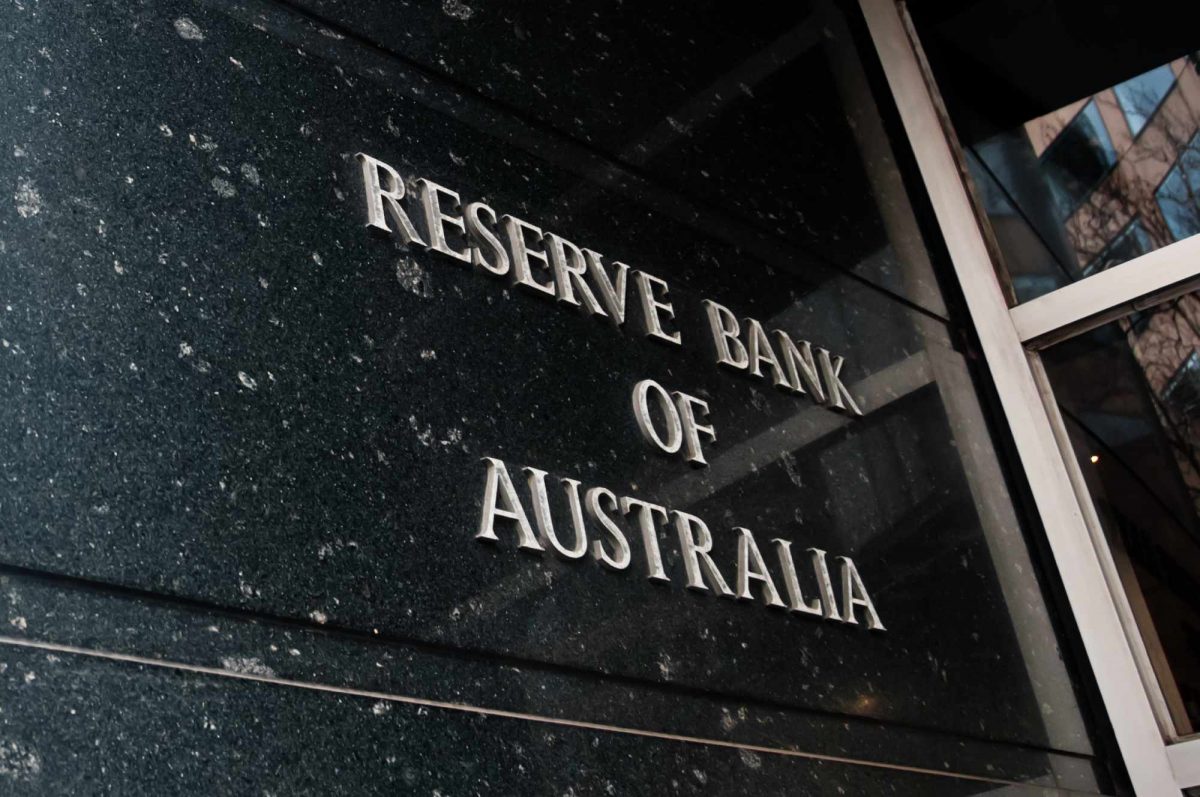In 2025, Australia’s housing and credit markets are navigating a period of heightened complexity as the Reserve Bank of Australia (RBA) maintains its cash rate at 3.60 percent. This pause follows a series of rate cuts earlier in the year designed to stimulate economic activity in the face of rising inflation and growing unemployment pressures. The interplay between monetary policy and market behavior has created both opportunities and challenges for homeowners, investors, and lenders across the country.
For borrowers, the effects of prior rate increases and subsequent cuts are still being absorbed. Mortgage repayments for many Australian households remain elevated, particularly for those on variable-rate loans, even as the pause in rate hikes provides temporary relief. In response, refinancing activity has surged, with homeowners seeking to lock in lower rates before any potential future adjustments. Yet the uncertainty surrounding the trajectory of interest rates has caused some borrowers to hesitate, wary of committing to long-term financial obligations in an unpredictable economic environment. Government interventions, such as the first homebuyer guarantee program, which allows buyers with modest deposits to avoid Lenders Mortgage Insurance, have offered some relief. However, the RBA has warned that such schemes, while well-intentioned, could inadvertently fuel demand pressures, contributing to ongoing affordability challenges in major urban centers.
The broader credit market has experienced parallel adjustments. Lending standards have tightened as banks become increasingly cautious in the face of economic volatility. Credit assessments have grown more stringent, and loan-to-value ratios have been reduced, particularly for investor-focused and high-risk lending. While these measures are aimed at mitigating default risk and maintaining financial stability, they can limit access to credit for some segments of the market. Non-bank lenders have responded by offering competitive rates and more flexible lending terms, attracting borrowers who may not meet the stricter criteria of traditional banks.
Investor behavior has also adapted to the shifting rate environment. Many property investors are taking a more cautious stance, focusing on high-quality assets and diversification strategies to manage risk. Some are looking for opportunities in regional markets where price growth has been more moderate, while others are awaiting potential corrections in urban centers before increasing exposure. The contrast between cooling urban markets and stable regional markets has created a nuanced and segmented investment landscape, with location-specific dynamics shaping both risk and return expectations.
Economic fundamentals continue to exert influence on the housing and credit sectors. Inflationary pressures, which reached 3 percent in recent figures, underscore the delicate balance policymakers must strike between stimulating growth and maintaining price stability. Rising unemployment adds another layer of complexity, as reduced labor market security can impact both consumer spending and mortgage repayment capacity. Globally, factors such as trade tensions, geopolitical uncertainty, and commodity price volatility further shape Australia’s economic environment, influencing both monetary policy decisions and investor sentiment.
The future trajectory of interest rates will be a critical determinant of market behavior. While the RBA has paused further cuts, economists widely anticipate that rate adjustments could resume if inflationary pressures persist or if economic activity slows further. Such movements would directly affect mortgage servicing costs, refinancing incentives, and the broader lending landscape. Market participants, including borrowers, lenders, and investors, must therefore remain agile, balancing short-term financial considerations with longer-term strategic planning.
Housing market dynamics are expected to continue their adjustment phase. Price growth in Sydney and Melbourne has moderated, with inventory levels stabilizing and buyer activity showing caution. In contrast, regional markets maintain steadier demand, supported by ongoing lifestyle and remote-work trends. State-level policy measures, such as targeted first homebuyer incentives and land tax reforms, are likely to further influence local market conditions, reinforcing the importance of regional differentiation in investment and lending decisions.
The evolving credit environment also presents a cautionary tale about risk management. Borrowers must carefully consider interest rate scenarios, repayment capacity, and potential exposure to variable rates. Lenders are balancing profitability with prudent risk controls, while regulators continue to monitor market stability and ensure that financial institutions adhere to responsible lending obligations. Investors, meanwhile, are weighing the impact of macroeconomic shifts on asset valuations and exploring opportunities in both residential and commercial segments, seeking resilience amid ongoing uncertainty.
Ultimately, the interaction between interest rates, credit access, and housing market behavior underscores the complexity of Australia’s financial ecosystem in 2025. Borrowers, lenders, and investors alike must navigate a landscape shaped by past rate movements, current economic conditions, and the potential for future policy adjustments. Strategic vigilance, careful risk assessment, and adaptive decision-making are essential for those seeking to thrive in this dynamic environment, where opportunities exist alongside significant challenges.


